
Kód: 04709379
Silver, Trade, and War
Autor Stanley J. Stein, Barbara H. Stein
The 250 years covered by Silver, Trade, and War marked the era of commercial capitalism, that bridge between late medieval and modern times. Spain, peripheral to western Europe in 1500, produced American treasure in silver, which ... celý popis
- Jazyk:
 Angličtina
Angličtina - Vazba: Brožovaná
- Počet stran: 368
Nakladatelství: Johns Hopkins University Press, 2003
- Více informací o knize

Mohlo by se vám také líbit
Dárkový poukaz: Radost zaručena
- Darujte poukaz v libovolné hodnotě a my se postaráme o zbytek.
- Poukaz se vztahuje na celou naši nabídku.
- Elektronický poukaz vytisknete z e-mailu a můžete ihned darovat.
- Platnost poukazu je 12 měsíců od data vystavení.
Více informací o knize Silver, Trade, and War
Nákupem získáte 121 bodů
 Anotace knihy
Anotace knihy
The 250 years covered by Silver, Trade, and War marked the era of commercial capitalism, that bridge between late medieval and modern times. Spain, peripheral to western Europe in 1500, produced American treasure in silver, which Spanish convoys bore from Portobelo and Veracruz on the Carribbean coast across the Atlantic to Spain in exchange for European goods shipped from Sevilla (later, Cadiz). Spanish colonialism, the authors suggest, was the cutting edge of the early global economy. America's silver permitted Spain to graft early capitalistic elements onto its late medieval structures, reinforcing its patrimonialism and dynasticism. However, the authors argue, silver gave Spain an illusion of wealth, security, and hegemony, while its system of "managed" transatlantic trade failed to monitor silver flows that were beyond the control of government officials. While Spain's intervention buttressed Hapsburg efforts at hegemony in Europe, it induced the formation of protonationalist state formations, notably in England and France. The treaty of Utrecht (1714) emphasized the lag between developing England and France, and stagnating Spain, and the persistence of Spain's late medieval structures. These were basic elements of what the authors term Spain's Hapsburg "legacy." Over the first half of the eighteenth century, Spain under the Bourbons tried to contain expansionist France and England in the Caribbean and to formulate and implement policies competitors seemed to apply successfully to their overseas possessions, namely, a colonial compact. Spain's policy planners ( proyectistas) scanned abroad for models of modernization adaptable to Spain and its American colonies without risking institutional change. The second part of the book, "Toward a Spanish-Bourbon Paradigm," analyzes the projectors' works and their minimal impact in the context of the changing Atlantic scene until 1759. By then, despite its efforts, Spain could no longer compete successfully with England and France in the international economy. Throughout the book a colonial rather than metropolitan prism informs the authors' interpretation of the major themes examined. Silver, Trade, and War is about men and markets, national rivalries, diplomacy and conflict, and the advancement or stagnation of states.
 Parametry knihy
Parametry knihy
Zařazení knihy Knihy v angličtině Humanities History Regional & national history
1207 Kč
- Plný název: Silver, Trade, and War
- Podnázev: Spain and America in the Making of Early Modern Europe
- Autor: Stanley J. Stein, Barbara H. Stein
- Jazyk:
 Angličtina
Angličtina - Vazba: Brožovaná
- Počet stran: 368
- EAN: 9780801877551
- ISBN: 0801877555
- ID: 04709379
- Nakladatelství: Johns Hopkins University Press
- Hmotnost: 567 g
- Rozměry: 229 × 152 × 20 mm
- Datum vydání: 31. December 2003
Oblíbené z jiného soudku
-

Hundred Years' War on Palestine
338 Kč -

Decline and Fall of the Roman Empire
130 Kč -

Citizens
543 Kč -

Strange Death of Europe
410 Kč -

Londoners
316 Kč -

History of Japan
405 Kč -
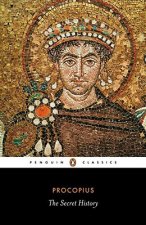
Secret History
303 Kč -

Ninja, The Secret History of Ninjutsu
379 Kč -

In The Garden of Beasts
327 Kč -

Polish Saber
1520 Kč -

Wages of Destruction
543 Kč -
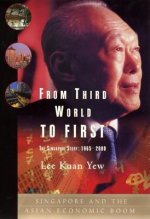
From Third World to First
736 Kč -

Covering Islam
407 Kč -

Voices of the Foreign Legion
406 Kč -

Introduction to the History of the Principal Kingdoms & States of Europe
405 Kč -

Becoming Indian
944 Kč -

Napoleon's Master
614 Kč -

Maurice's Strategikon
736 Kč -

Blind Mans Bluff
343 Kč -

Penguin Historical Atlas of Ancient Egypt
457 Kč -

Life on the Mississippi
284 Kč -

Middle Byzantine Historians
5094 Kč -

Thirteenth Tribe
420 Kč -

Anatomy of the Nuremberg Trials
412 Kč -

Modern France: A Very Short Introduction
233 Kč -

Twilight of the Romanovs
943 Kč -

Ethnic Cleansing of Palestine
357 Kč -

Ten Myths About Israel
336 Kč -

Palestine
534 Kč -

Giza Power Plant
365 Kč -

The Secret Diaries Of Miss Anne Lister: Vol. 1
304 Kč -
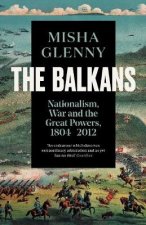
The Balkans, 1804-2012
543 Kč -

Age Of Revolution
410 Kč -

The Thirteenth Tribe
308 Kč -

Millennium
358 Kč -
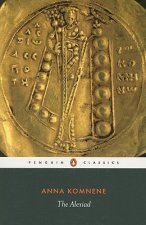
Alexiad
423 Kč -

Heraclius, Emperor of Byzantium
774 Kč -

1948
631 Kč -

Annals of Imperial Rome
357 Kč -

Women Who Shaped Politics
614 Kč -

Strike and Hold
703 Kč -

Diana: Her True Story - In Her Own Words
306 Kč -

How to be a Victorian
357 Kč -

The Oxford History of Ancient Egypt
383 Kč -
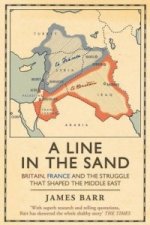
Line in the Sand
254 Kč -
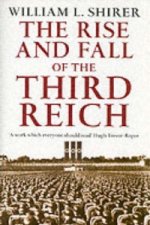
Rise And Fall Of The Third Reich
543 Kč -
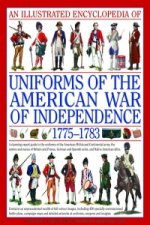
Illustrated Encyclopedia of Uniforms of the American War of Independence
543 Kč -

Olympic, Titanic, Britannic
750 Kč -

Medieval Monsters
277 Kč
Osobní odběr Praha, Brno a 12903 dalších
Copyright ©2008-24 nejlevnejsi-knihy.cz Všechna práva vyhrazenaSoukromíCookies



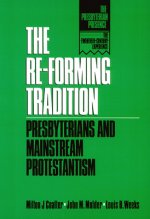




 Vrácení do měsíce
Vrácení do měsíce 571 999 099 (8-15.30h)
571 999 099 (8-15.30h)